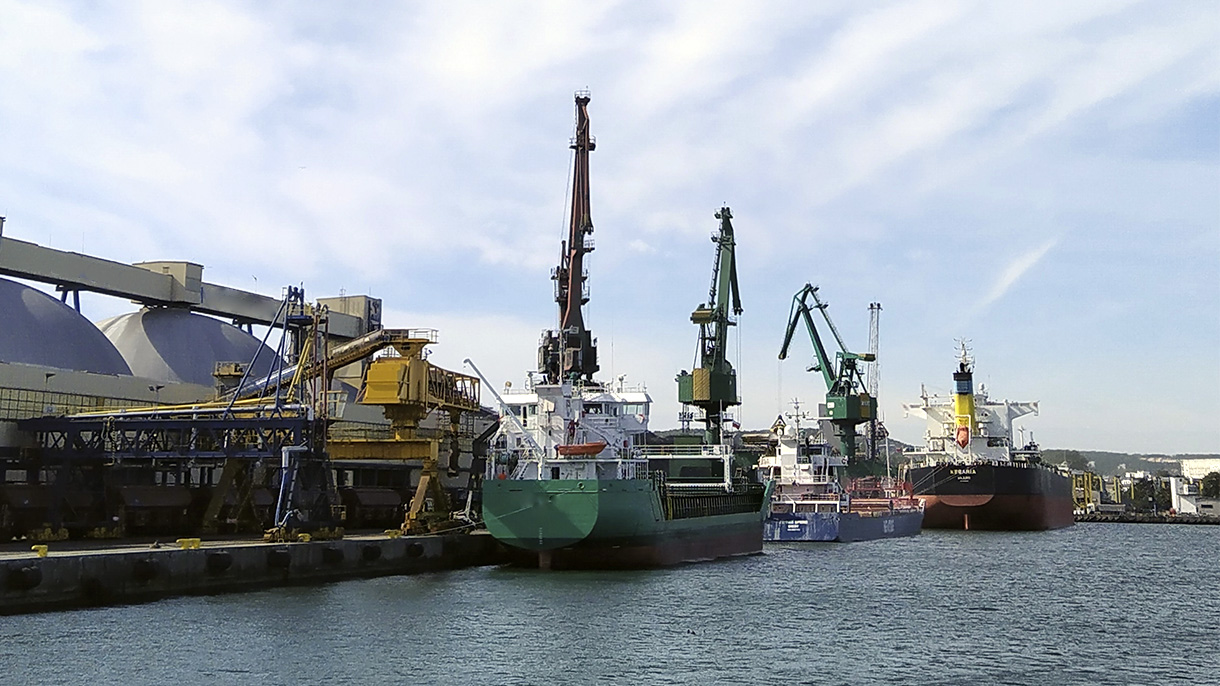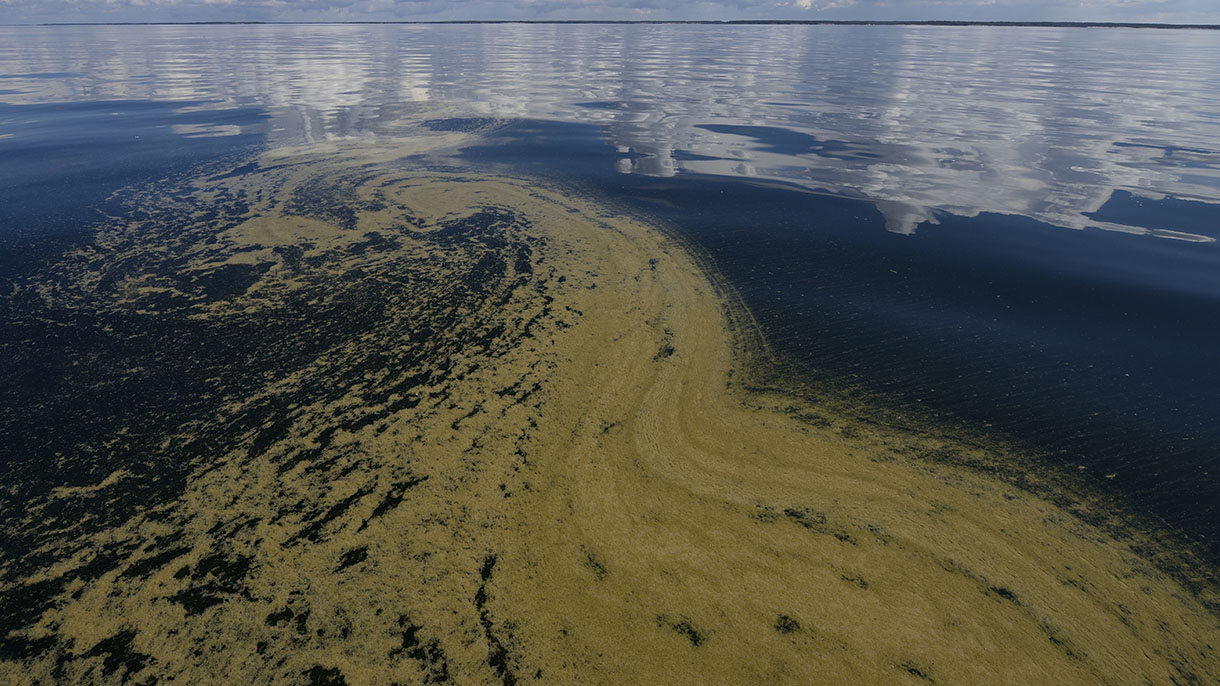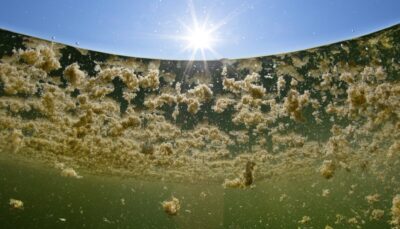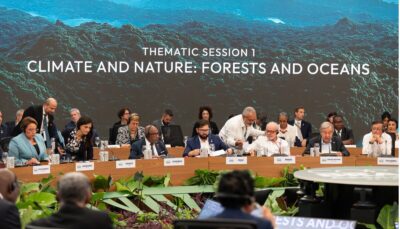Fertilizer ports need to reduce nutrient discharges

Writer

The Baltic Sea is one of the world’s most unique marine environments, but also among the most vulnerable. Eutrophication—caused by the excessive runoff of nutrients like nitrogen and phosphorus—has long threatened this fragile ecosystem. The nutrients fuel harmful algal blooms, leading to oxygen depletion, loss of biodiversity, and disruption of local economies dependent on the sea’s health. Surprisingly, one significant yet often overlooked source of these nutrients is the marine transportation of fertilizers. In fact, a single fertilizer port can discharge as much nitrogen into the Baltic Sea annually as a wastewater treatment plant of a medium-sized Finnish city.
Over 44 million tonnes of fertilizers pass through the Baltic Sea ports each year—a figure that continues to grow. While these fertilizers are crucial for global food security, their transport poses a serious risk of nutrient releases. Spills during the loading, unloading, and shipping of dry bulk fertilizer are common and directly contribute to the nutrient load in the Baltic Sea, aggravating eutrophication. Due to the sea’s limited water exchange, these nutrients persist longer, compounding their harmful effects.
Partnering with fertilizer ports to reduce nutrient discharges
To tackle this issue, it’s critical for ports, terminals, shipping companies, manufacturers, policymakers, and authorities to adopt measures that minimize the nutrient load from fertilizer transport. The John Nurminen Foundation is dedicated to advancing the Baltic Sea’s environmental health through practical and measurable solutions that reduce nutrient pollution. We engage stakeholders across the maritime, agriculture, and forestry industries, advocate for sustainability-focused policies, and raise awareness about the impact of nutrient discharges.
One of our key projects involves partnering with fertilizer ports to identify and implement strategies to reduce nutrient discharges. By sharing best practices and innovative technologies, we aim to significantly reduce the environmental impact of fertilizer shipping. Addressing nutrient pollution requires comprehensive strategies that integrate best practices, policy support, and collaboration among all stakeholders.

Simple solutions go a long way
The most critical moments for nutrient losses occur during the transfer of dry bulk fertilizers between ships and quays. Often, these losses can be avoided by implementing simple, cost-effective practices. For instance, one effective method is ensuring that buckets are not overfilled during loading and unloading. Yet, because spills do happen, it’s essential to maintain strict cleaning routines for berths, ships, and cargo holds. Proper cleanup helps remove any residues that might otherwise enter the seawater.
Training and education also play a vital role. When personnel understand the environmental impact of nutrient losses and their role in preventing them, they are more likely to adopt best practices. By equipping all staff with the knowledge and skills necessary to manage fertilizers safely, we can reduce the risk of spills and accidents. Additionally, monitoring these processes provides valuable insights into where improvements can be made. For example, sampling stormwater at ports can help track the amount of phosphorus and nitrogen being discharged into the sea, allowing for targeted interventions.
Regulation is needed to prevent nutrient discharges
While progress has been made, much work remains. Preventing nutrient discharges from fertilizer shipping is essential for the sustainability of the maritime industry and the protection of the Baltic Sea. Direct stakeholders, including ports, terminals, shipping companies, and fertilizer manufacturers, are vital to this effort, but the involvement of policymakers and permitting authorities is equally crucial. Unlike other point source polluters, such as wastewater treatment plants, which are closely monitored and regulated, marine traffic remains a significant blind spot. This gap must be addressed, and appropriate regulations implemented.
The John Nurminen Foundation remains committed to leading these efforts, ensuring a thriving and resilient Baltic Sea for future generations. Through our collective actions, we can safeguard this precious marine ecosystem and set the course for a sustainable future in maritime operations.
The blog was firs published on a discussion forum Baltic Rim Economies (BRE), 3/2024. BRE is published by Centrum Balticum and deals with the development of the Baltic Sea Region.
Nutrient emissions from fertilizer ports brought under control with new guidelines
The guidelines developed under the leadership of the John Nurminen Foundation contain recommendations for, e.g., the loading of fertilizers and personnel training. The Guidelines are on their way to becoming an international recommendation by HELCOM.



